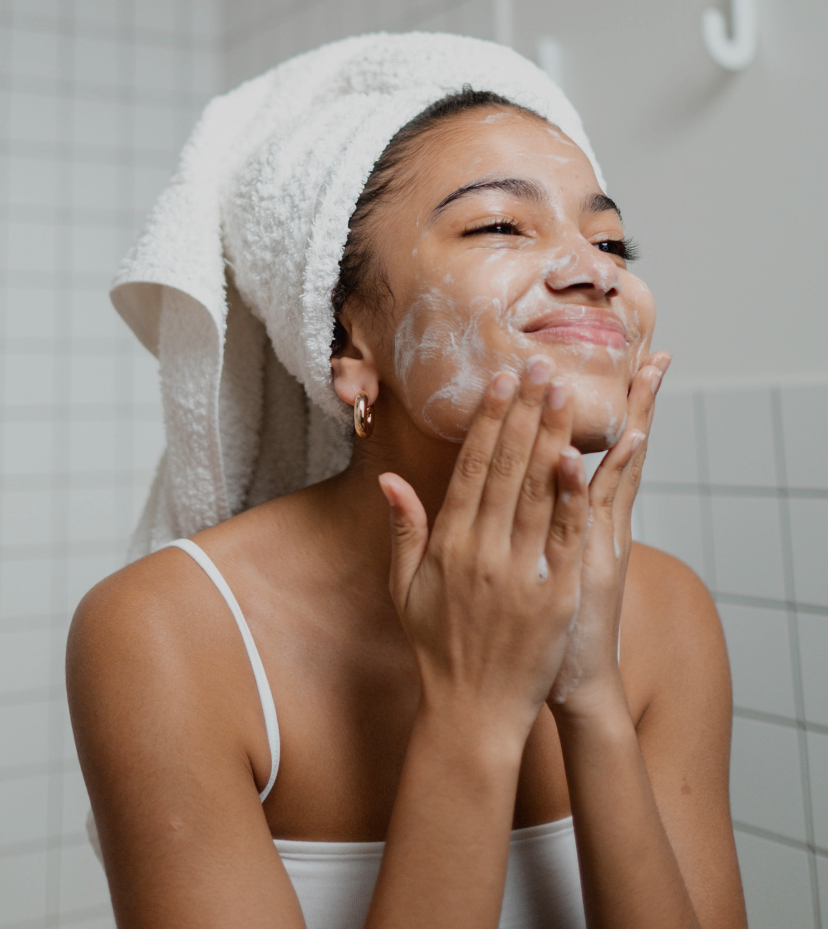Unveiling the Secrets of Exfoliation in Your Skincare Routine from mike simons's blog
 Exfoliation is a crucial step in any skincare routine
that should not be underestimated. It involves removing dead skin cells from
the surface of your skin, revealing a fresh and radiant complexion. The
benefits of exfoliation extend beyond just aesthetics; it helps unclog pores,
prevent acne breakouts, and improve the overall texture and tone of your skin.
In this blog post, we will delve into the secrets of exfoliation, exploring
different methods, tips for incorporating it into your skincare routine,
and the remarkable results it can deliver.
Exfoliation is a crucial step in any skincare routine
that should not be underestimated. It involves removing dead skin cells from
the surface of your skin, revealing a fresh and radiant complexion. The
benefits of exfoliation extend beyond just aesthetics; it helps unclog pores,
prevent acne breakouts, and improve the overall texture and tone of your skin.
In this blog post, we will delve into the secrets of exfoliation, exploring
different methods, tips for incorporating it into your skincare routine,
and the remarkable results it can deliver.
Understanding Exfoliation: What Is It and Why Is It
Important? Exfoliation refers to the process of removing dead skin cells from
the outermost layer of your skin. While our skin naturally sheds dead cells,
this process can slow down over time, leading to a buildup of dull and flaky
skin. Regular exfoliation is crucial as it stimulates cell turnover, revealing
fresh skin and promoting a healthy, youthful appearance. It also allows
skincare products to penetrate more effectively, maximizing their benefits.
Different Methods of Exfoliation: There are two
primary methods of exfoliation: physical and chemical.
·
Physical Exfoliation involves
using granular substances, brushes, or exfoliating gloves to physically slough
away dead skin cells. This method is effective but requires gentle and
controlled application to prevent skin irritation.
·
Chemical Exfoliation utilizes
alpha hydroxy acids (AHAs) or beta hydroxy acids (BHAs) to dissolve the bonds
between dead skin cells, allowing them to be easily shed. Chemical exfoliants
are often more gentle and suitable for various skin types.
Incorporating Exfoliation into Your Skincare Routine:
To incorporate exfoliation into your routine, start by determining the
appropriate frequency for your skin type. Generally, exfoliating 1-3 times a
week is sufficient for most individuals. Choose a suitable exfoliant based on
your skin's needs and preferences, whether it's a physical scrub or a chemical
exfoliant. Apply the exfoliant using gentle circular motions, avoiding
sensitive areas. After exfoliating, follow up with a nourishing moisturizer to
hydrate the skin and protect its newly revealed surface.
Benefits and Results of Regular Exfoliation: Regular
exfoliation offers a multitude of benefits. By removing dead skin cells, it
reveals a smoother and brighter complexion, diminishing the appearance of fine
lines and wrinkles. Exfoliation also helps unclog pores, reducing the
occurrence of blackheads and breakouts. Over time, you may notice an
improvement in your skin's texture and tone, as well as increased absorption
and effectiveness of your other skincare products.
Exfoliation Tips and Precautions: While exfoliation is
beneficial, it's important to exercise caution and follow a few guidelines.
Avoid over-exfoliating, as it can lead to skin irritation, redness, and
dryness. Pay attention to your skin's response and adjust the frequency
accordingly. Be gentle when exfoliating, especially if using physical scrubs,
to prevent micro-tears in the skin. Additionally, adjust your exfoliation
routine based on seasonal changes, as your skin's needs may vary throughout the
year.
Conclusion:
Exfoliation is a powerful tool in your skincare arsenal, offering a range of benefits for your skin's health and appearance. By understanding the different exfoliation methods, incorporating it into your routine with the appropriate frequency, and practicing proper aftercare, you can unlock the secrets of exfoliation and enjoy the remarkable results it provides. Embrace this skincare step to reveal a fresh, radiant complexion and maintain the overall health of your skin overall health of your skin.

The Wall